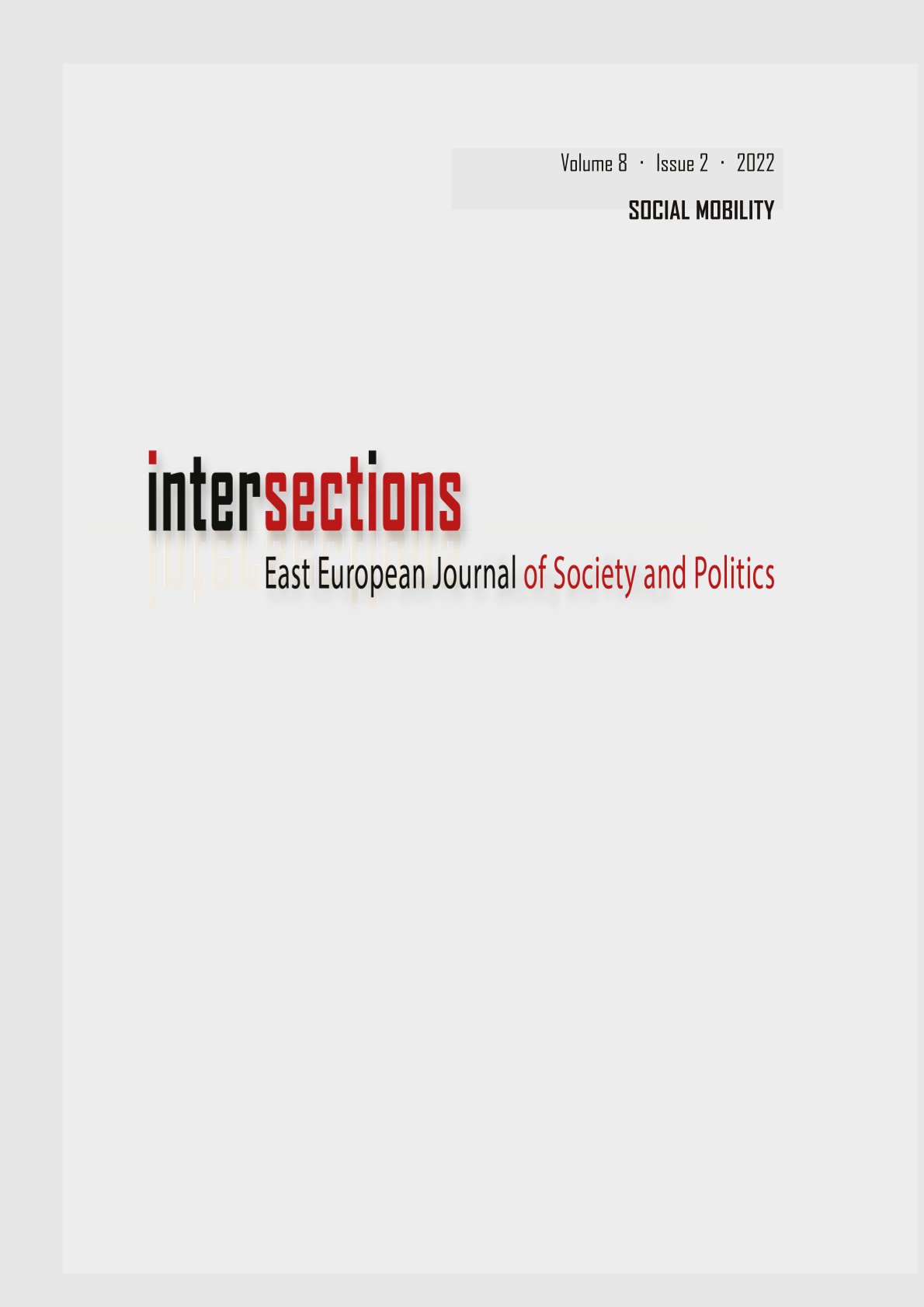Educational mobility at the top and the bottom of the social structure in Hungary
Educational mobility at the top and the bottom of the social structure in Hungary
Author(s): Ákos Huszár, Karolina Balogh, Ágnes GyõriSubject(s): Social differentiation, Sociology of Education
Published by: MTA Társadalomtudományi Kutatóközpont Kisebbsegkutató Intézet
Keywords: social mobility; social closure; sticky floor; sticky ceiling; Hungary
Summary/Abstract: According to recent studies, both absolute and relative mobility in Hungary have recently declined. In our paper, we seek to explain how these processes evolved in the lower and upper segments of the social structure. Is the decline in mobility more due to the fact that parents in a more favourable position manage to pass on their privileged social position successfully, or rather to the fact that those starting from below are less able to overcome their disadvantages? To what extent have these processes occurred simultaneously in the last almost twenty years, and to what extent have they taken place independently? According to our results, the decrease in social mobility can be detected in both the lower and upper segments of society. However, processes at the two poles have not involved the same dynamics over the past nearly two decades. In the 2000s, educational expansion fuelled immobility in the upper segment of society, but also created mobility channels for those with an unfavourable social background. In contrast, in the 2010s the proportion of the immobile increased among both the high and low educated. In terms of relative mobility, quite similar processes have taken place in the upper and lower segments of society: the already unequal relative mobility chances became even more unequal during the nearly twenty years under study.
Journal: Intersections. East European Journal of Society and Politics
- Issue Year: 8/2022
- Issue No: 2
- Page Range: 138-155
- Page Count: 18
- Language: English

